Roughing and finishing in CNC machining
Author: SAIVS Date Published: Sep 13,2024
Roughing and finishing are two key steps in machining that play different but equally important roles.
Definition and Role of Roughing: The main purpose of roughing is to quickly remove a large amount of material to bring the workpiece close to its final shape. With large feed rates and depths of cut, roughing removes excess material in the shortest possible time, setting the stage for subsequent finishing operations. Roughing is typically used in the initial stages of CNC machining, with the goal of reducing machining time and costs while extending tool life and identifying defects in the workpiece more quickly.
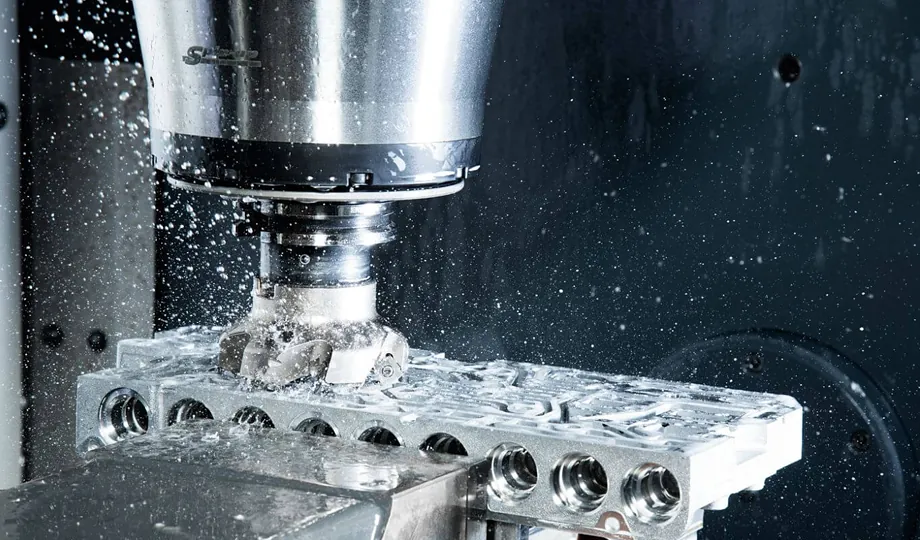
Benefits of Roughing
Roughing in machining reduces production time and costs, extends tool life, and easily detects blank defects, making it an integral part of the Manufacturing Process.
Saves time: Roughing is the rapid removal of large amounts of material, thereby reducing the time required for machining. This means the machining process can be completed faster and parts can be produced at a faster rate.
Cost Savings: It can help save money by completing the roughing process in one setup, eliminating the need for additional setups on finishing machines.
Material Savings: Roughing can reduce the volume of material that needs to be extracted in the finishing grade by up to 50%. This saves a significant amount of material and reduces total cost and shipping weight.
Extended tool life: By removing large volumes of material in the roughing stage, cutting tool wear is minimized. This results in less frequent tool changes and reduced tool-related costs.
Easily Identify Blanking Defects: If a machine operator sends a roughly machined part to the finishing process, any defects present in the product, such as air or sand holes, will be quickly seen and identified by the operator. Once material is removed from a specific part of the component, defects or cracks become more visible.
Benefits of Finishing
Improved surface quality: Finishing achieves a smooth surface, reducing friction and wear and improving the durability of the part.
Enhanced corrosion resistance: Finished surfaces are smoother, resulting in improved corrosion resistance.
Aesthetics: Finished parts are not only functional but also smooth and aesthetically pleasing in appearance, meeting demanding product standards.
The difference between roughing and finishing
Expected results: Roughing is designed to remove material quickly while finishing is designed to achieve a precise surface finish.
Tool selection: Roughing tools focus on strength and durability while finishing tools are finer and focus on surface finish.
Feed rates and spindle speeds: Roughing involves higher feed rates while finishing requires lower feed rates and higher spindle speeds.
Material Removal Rate: Roughing removes material faster while finishing is slower but more precise.
Surface finish: Roughing produces a rougher surface while finishing achieves a highly polished surface.
To summarize, roughing and finishing are two integral parts of the manufacturing process. Roughing focuses on rapid material removal while finishing aims to improve surface quality and accuracy. In practice, choosing between these two process steps can dramatically increase productivity, reduce costs, and ensure that product quality meets expected standards.
Why Choose SAIVS™ as Your Supplier?
1.Superb Quality Control Management
At SAIVS, we take pride in our perfect quality management systems and procedures, which guarantees the excellent performance of all our producs, being a professional Investment Casting | Die Casting| Sand Castingmanufacturer in China.
2.Rich Production Experience
With 20 years of experience in production, SAIVS has a deep understanding of the market and trends, and strives for continuous research and innovation. This has created advantages in both the product's performance and appearance.
3.Competitive Prices
As a Chinese factory committed to becoming the most cost-effective Investment Casting | Die Casting| Sand Castingexporter in China, SAIVS provides high-quality products at advantageous prices. By lowering costs and increasing efficiency, we ensure that our customers receive the best possible value for their investment.
4.Perfect After-sales Service
At SAIVS, we strive to provide superior customer service that meets and exceeds expectations. We are always available for any questions or concerns you may have, and we stand by our commitment to providing excellent after-sales support.
Related Posts
-
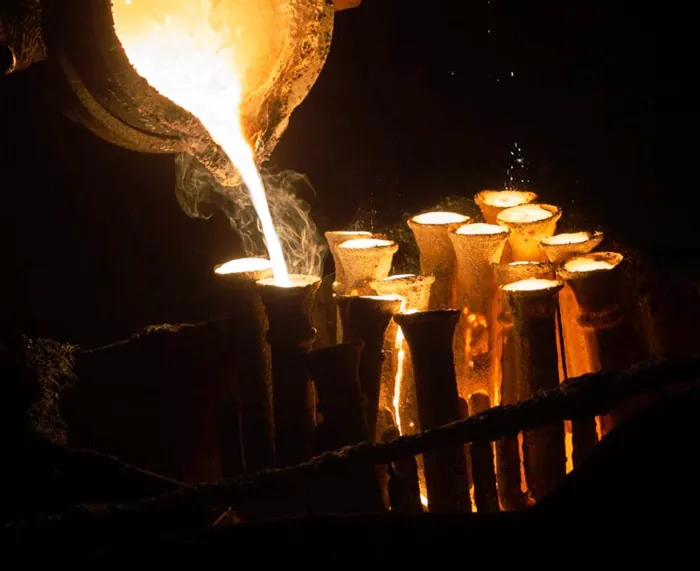
Debunking the Top 7 Myths of Investment Casting
Investment casting offers numerous benefits over other casting processes, including cost savings (reduced machining costs and material use), fine detail, t
-
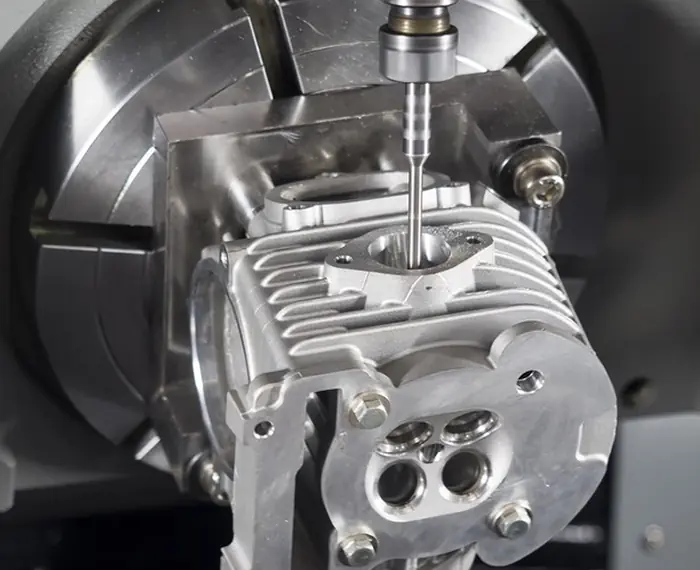
Enhancing CNC Machining with Wavelet Analysis for Accurate Overcut Detection
In the realm of CNC machining, precision and efficiency are paramount, especially in complex applications like mold manufacturing.However, challenges such
-
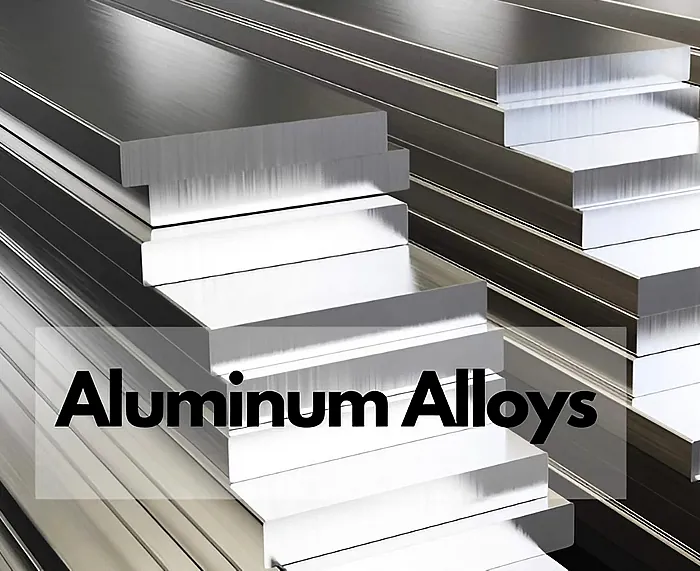
Choosing the Right Aluminum Alloy for Your Project
To understand the factors affecting bendability and the strengths of popular bendable aluminum alloys.
-
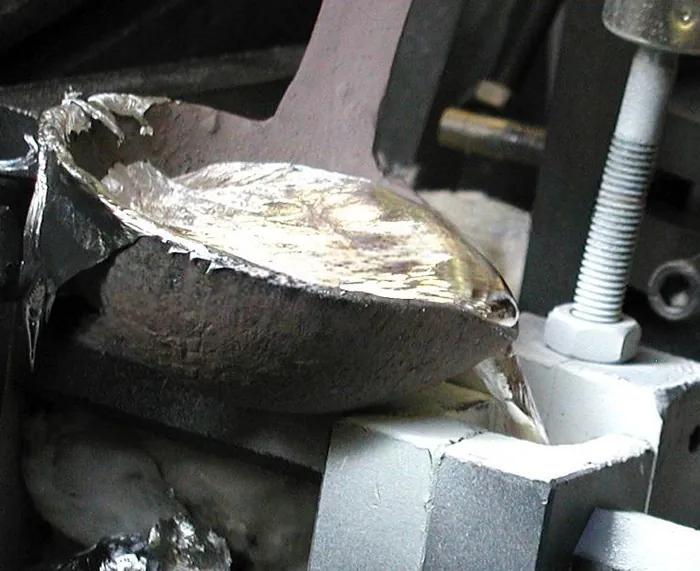
Gravity Die Casting: Choosing the Right Alloy for Your Needs
Gravity die casting is a manufacturing process that uses gravity to fill a mold with molten metal. This process is used to produce a wide variety of metal compo...
-
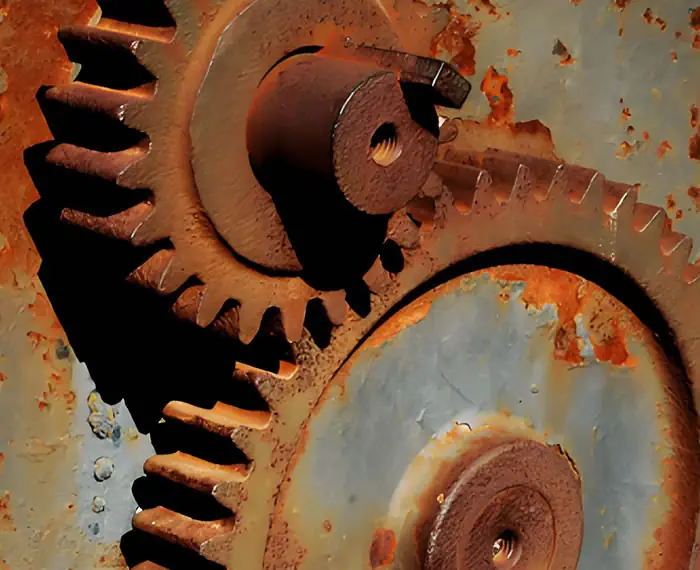
Guide to Choosing Corrosion-Resistant Metals for Industrial Use
Understanding Corrosion-Resistant Materials: Essential Knowledge for Reliable, Long-Lasting ComponentsIn various industrial applications, corrosion-resista
-
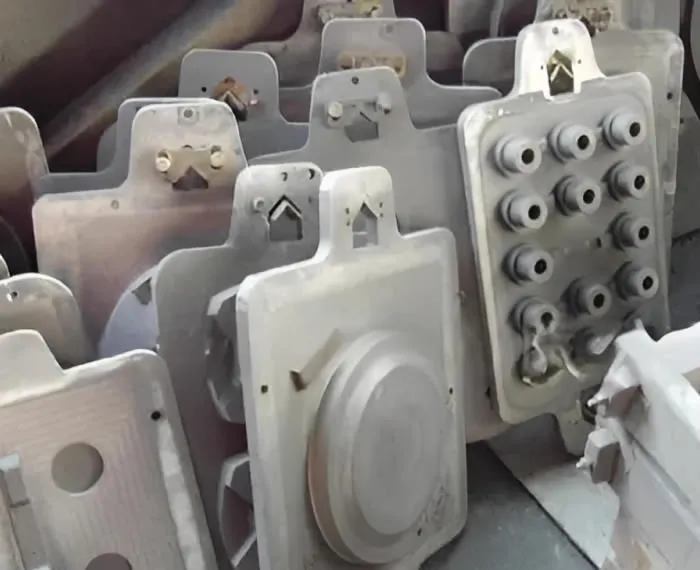
Unveiling the Indispensable Role of Molds in Aluminum Gravity Casting
Gravity casting is a commonly used casting process that utilizes the force of gravity to fill molds with molten metal, thus forming the desired castings. It is ...

